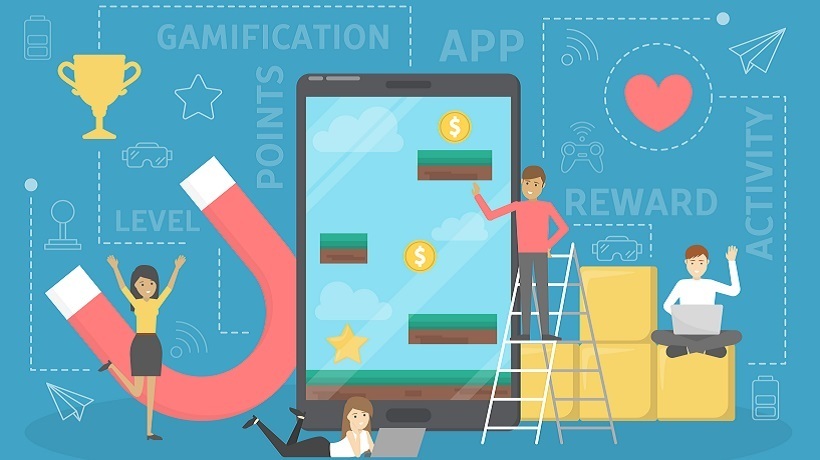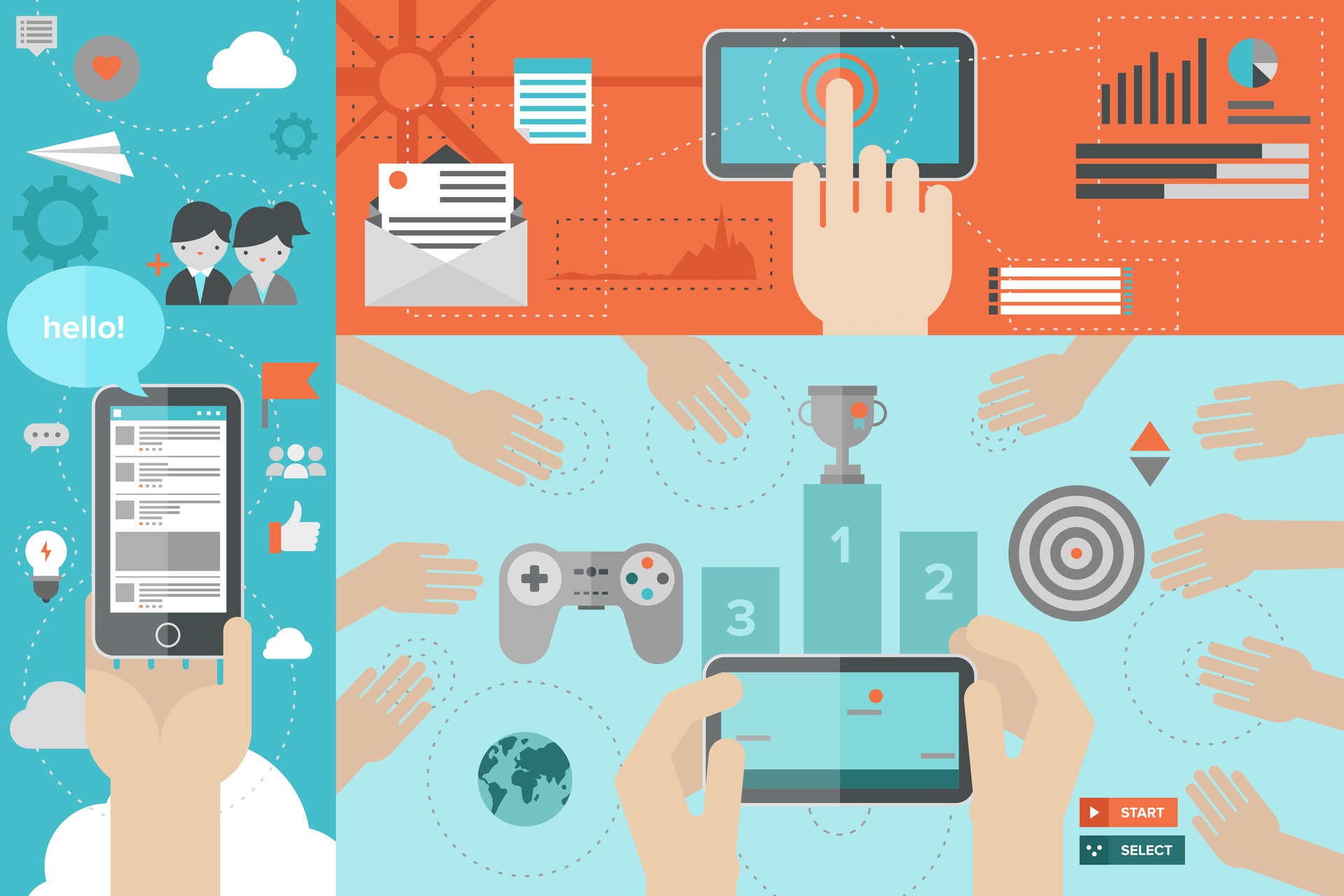Gamification In eLearning: Hows And Whys
There hasn’t been a disruptive change in education in the past 200 years. Until now. Smart boards and tablets haven’t made a big enough step ahead and eLearning comes in as a true digital solution for the future of education. eLearning is moving the focus from the curriculum to the student. The users of eLearning, be it children in school or employees in a sales training, can adjust the learning tempo according to their abilities and competence. Self-timing is an ingenious solution, but combined with a lack of motivation leads to issues. An often passed-over information about 90% drop-out rate from MOOCs is not a good statistic for eLearning as the heir to the traditional education.
How To “Persuade” People To Learn
In traditional education, conveying emotion and experience of the teacher can give the students additional stimulus to master the subject at hand. Anyone can remember at least one teacher or professor that “pulled off” even the most boring topic with their passion and enthusiasm. In the end, the main condition of quality isn’t the materials or the venue, but the lecturer.
The concept of eLearning knows no lecturer. The primary traditional solution to the lack of motivation and interactivity is unavailable. It often stays that way and the most of eLearning content consists of three-hour videos and endless slides with a bunch of text with a picture here and there. What is offered now, and steadily becoming the norm, is something closer to people - games.
eLearning Improved With Gamification
Gamification is the most popular buzzword in the eLearning industry. Non-playable content is brought closer to Homo Ludens by incorporating the mechanics and theory used in video game production and design. It’s used in marketing, customer support, car industry, and is slowly taking over other areas. Today, over 80% of people can be considered “gamers”, be it a pastime activity or spending over 30 hours per week investing in gaming. XP, levels, ranks, avatars became widely known terms that trigger feelings of advancement, challenge, and reward. Every boring and tiring task connected to those gaming elements becomes a challenge that pushes us forward and makes us happy.
Using gamification in eLearning results to the wanted reaction and the engagement of the user. Better information retention, greater motivation, and increased productivity are the direct results of game-like eLearning content.
Mechanics And Narrative Of Gamification In eLearning
How to gamify something is a long and complicated topic in itself, but it can, in short, be divided into 2 parts: Mechanics and Narrative.
Besides progress tracking through levels and points, content can be additionally complemented to be more similar to a game. The most simple, also the most famous, game mechanic is definitely time and risk management. At some point, we all played a game with a time limit for a certain task. A practical example in eLearning would be a quiz with a time limit and negative points for wrong answers. That kind of a challenge encourages perfecting the knowledge.
A good result isn’t as meaningful if there isn’t a reward or something to brag about. Leaderboards and other social elements (avatar, comments, badges…) help with the feeling of loneliness inside a learning system. The content comes to life and gives off a feeling of a classroom which additionally encourages the “achiever” player type.
The content now acts and looks like a game. To complete the whole story and connect different elements into a meaningful unit is the role of narrative. It doesn’t have to be an epic that will distract - light elements are enough to get the wanted result. One of the better ways to achieve this is adding NPCs (non-player character).

Introducing Dr. Job and Nurse Practice, the lecturers of Digital Marketing Academy. They are the core part of svinaweb team and their main role is interaction with Academy attendants. Doctor is strict, thorough and authoritative while Nurse is more understanding and emphatic and takes care of attendants’ satisfaction with the course. They review the homework together - Doctor is very attentive of the deadlines and isn’t very lenient with mistakes, while Nurse puts in a good word for everyone a little behind the schedule. Sometimes Doctor needs to remind even the other members of svinaweb team to get back to work and then an awesome thing happens - the attendants beg the Doctor to take it more easy on them because the svinaweb team had a lot of work to do.
This is a perfect example of only two characters improving the interaction between users, content, and other attendees. Every eLearning course needs a Doctor Job and Nurse Practice.
The Future Of eLearning
The progress of technology and advanced abilities of Learning Management System software are clearing the way for gamification and all it’s benefits. We can surely expect the implementation of more advanced mechanics in eLearning through next several years. And we must not forget that gamification cannot replace the inner motivation of the user, but it can make the process of mastering advanced content easier, more fun and more interesting.









